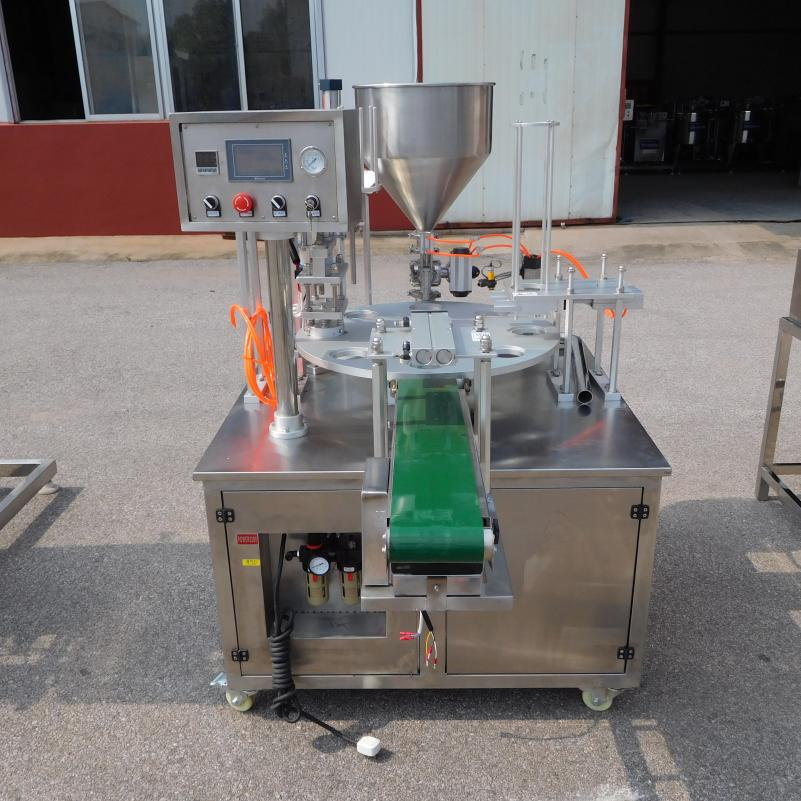Yogurt production instruction
1.Raw milk selection
The first step in making yogurt is to carefully select high-quality raw milk, It is the core in the production of making yogurt. And the quality of raw milk directly determines the taste and quality of yogurt. The milk source must come from healthy cows, and strict hygiene standards must be followed during the collection and transportation process to ensure the purity and freshness of the fresh milk, without odor, impurities, and microbial contamination. High-quality milk should contain a high level of milk solids, including protein, fat, carbohydrates, vitamins, and minerals. Generally speaking, the milk solids content of raw milk is best between 11.5% and 13%. You can choose whole milk for better fermentation effect and taste. Low-fat or skim milk can also be used, but the taste may be slightly different. In addition to fresh milk, some high-quality milk powder is sometimes added to further adjust the nutritional content and taste of yogurt, making the yogurt thicker and richer.
Store the raw milk in a refrigerated environment at around 4°C to prevent deterioration.
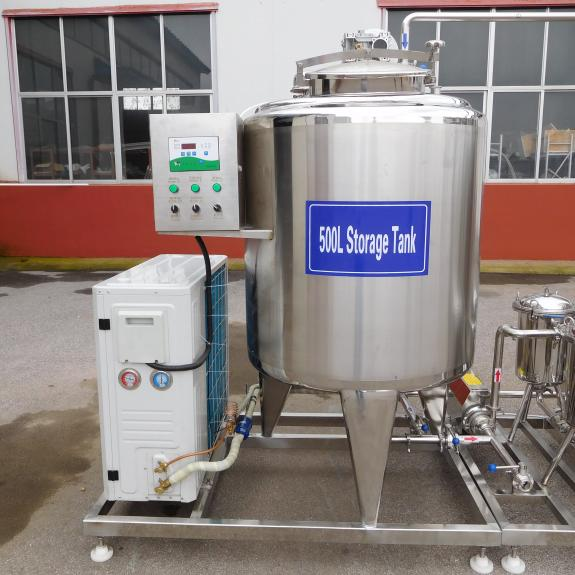
2.Filter, removal of impurities
Raw milk may contain some impurities that are difficult to detect with the naked eye, such as dust and hair. In order to ensure the purity of the yogurt, it must first be filtered to intercept these impurities. Then, standardized operations are performed to accurately adjust the proportion of nutrients such as fat and protein in the fresh milk according to the yogurt recipe requirements. This step is crucial to ensure that each batch of yogurt has a stable and consistent quality and taste.
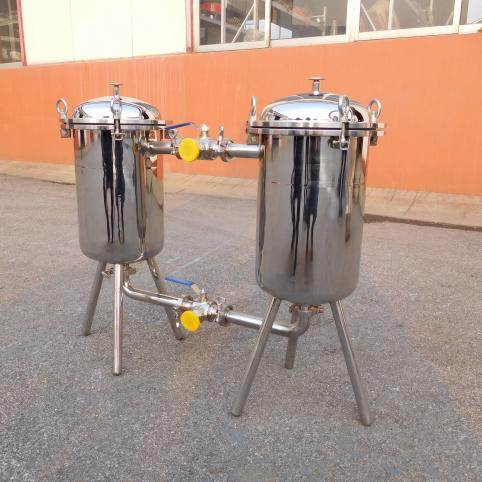
3.Homogenize
Homogenization refers to mechanical treatment of milk fat globules to break up the fat globules in milk and make them dispersed evenly in the milk in smaller fat globules. Homogenization can prevent fat from floating up, increase the viscosity and stability of yogurt, and improve the taste of yogurt. Generally, a high-pressure homogenizer is used with a homogenization pressure of 9.81-24.5MPa. The mixture should be preheated to 50-60℃ before homogenization.
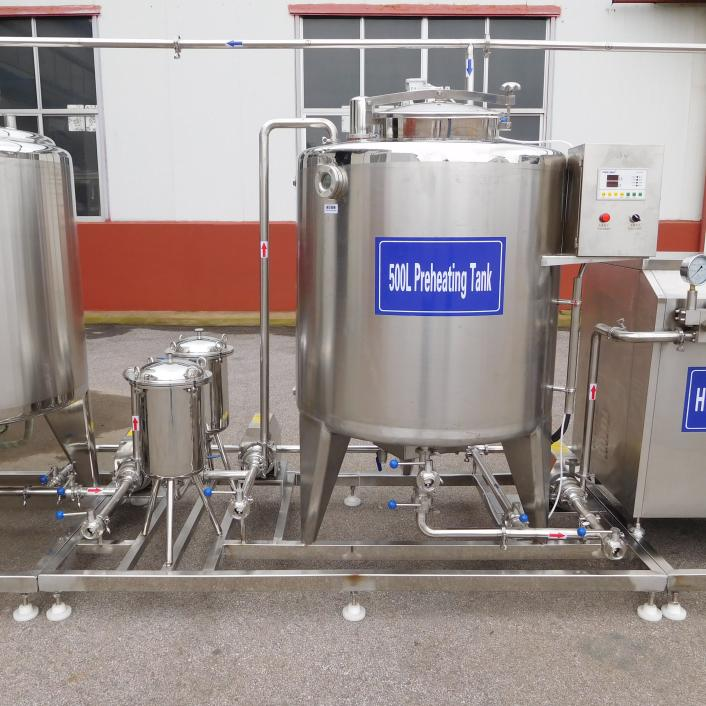
4.Pasteurizer/Sterilize
There are still various microorganisms in raw milk. If these microorganisms are not treated, they will affect the shelf life and quality of yogurt. Therefore, sterilization is essential. The commonly used sterilization methods are high temperature short time sterilization (HTST), which quickly heats the fresh milk to 72-75℃, keeps it for 15-20 seconds, and then quickly cools it. There is pasteurization, which heats the raw milk to 90℃ for 15 minutes. The finished product of this sterilization needs to be refrigerated at low temperature and can be stored for about 1 week. Another sterilization method is ultra-high temperature instantaneous sterilization (UHT), the sterilization temperature condition is 135-140℃ for about 2 seconds, and the finished milk after this sterilization can be stored at room temperature for 6 months. After sterilization, the mixture should be cooled to 40-45℃ for use. In addition, different sterilization temperatures and times can be selected according to different processes and the quality of raw milk.

5.Ferment After sterilization, the fresh milk is cooled to a suitable temperature, generally 40-45℃, which is the most suitable growth temperature for lactic acid bacteria. Then, carefully selected lactic acid bacteria starter is added in a certain proportion. Common lactic acid bacteria include Lactobacillus bulgaricus and Streptococcus thermophilus, which work together during the fermentation process to convert lactose in fresh milk into lactic acid. As lactic acid continues to be produced, the pH value of the fresh milk gradually decreases, the protein begins to coagulate, and the unique texture and flavor of yogurt gradually form. This fermentation process generally takes 3-5 hours, during which the temperature and time must be strictly controlled to ensure the smooth progress of fermentation.
After fermentation, the yogurt needs to be post-processed to further enhance the taste and flavor. This process includes stirring and adding auxiliary materials. Gently stir the yogurt to make it more uniform and delicate. Then, according to different taste requirements, add various auxiliary materials such as fruit jam, honey, chopped nuts, etc. These auxiliary materials not only add a rich taste and diverse flavor to the yogurt, but also make it more nutritious.
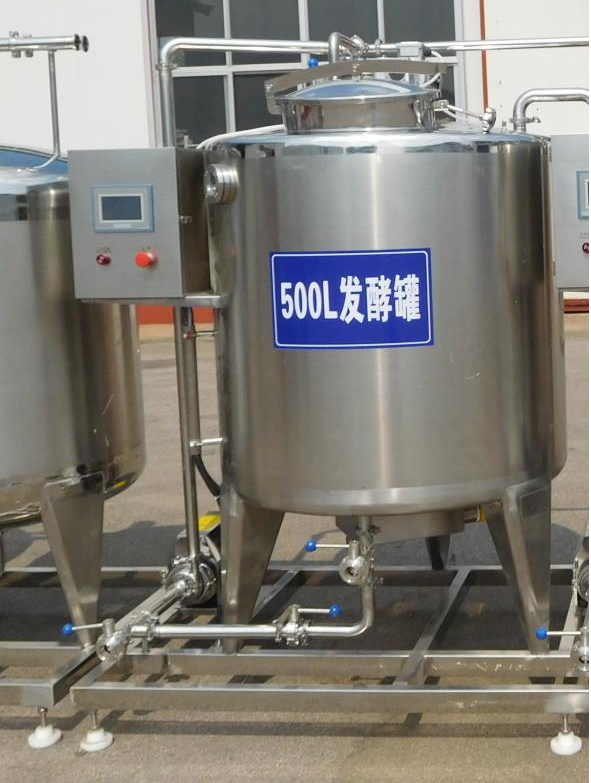
6.Packing
After post-processing, the yogurt is quickly filled into various packaging containers, such as plastic cups and glass bottles. The packaging is not only convenient for consumers to carry and eat, but also effectively prevents the yogurt from external contamination and prolongs its shelf life. The packaged yogurt needs to be immediately stored in a low temperature environment, generally at 2-6℃. Low temperature can inhibit the growth and reproduction of lactic acid bacteria, slow down the increase in the acidity of yogurt, and maintain its good taste and quality.
